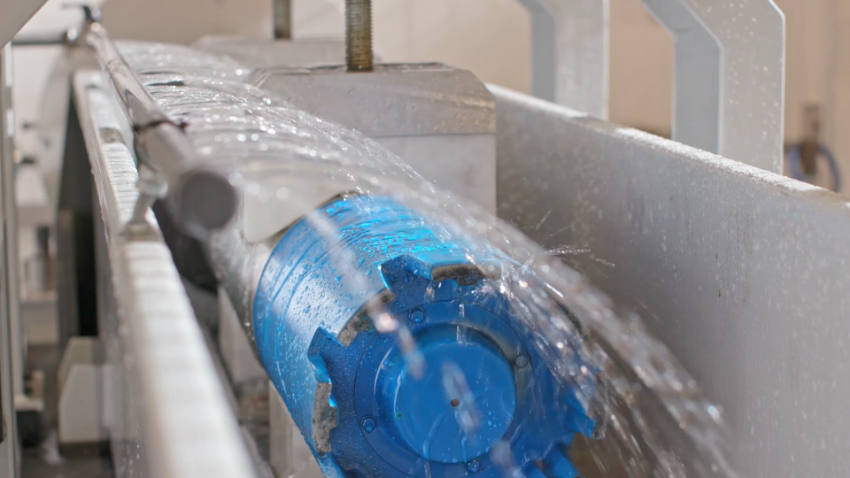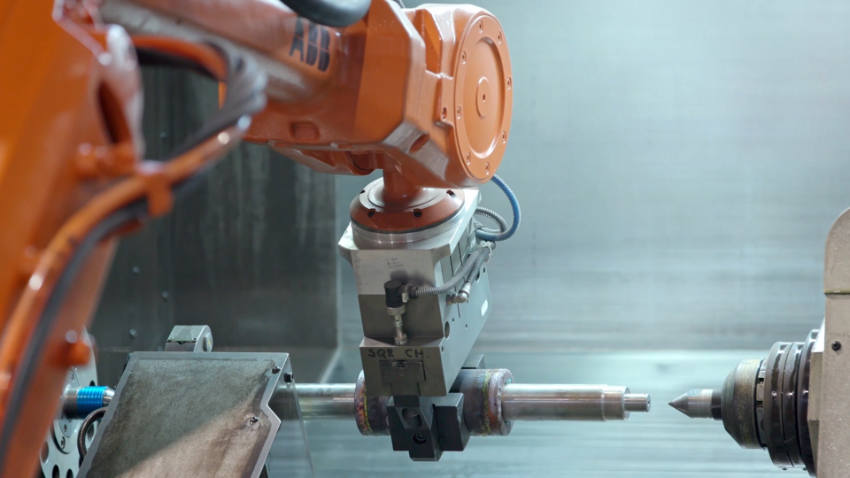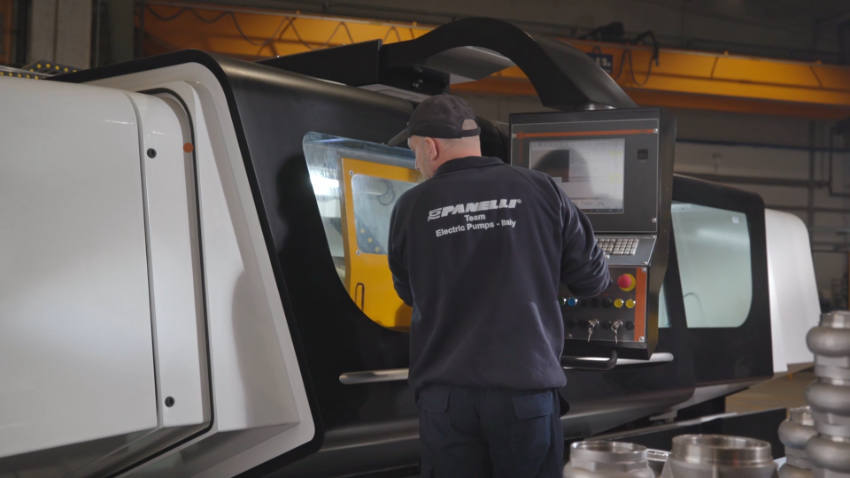Panelli, a company based in Italy, designs and manufactures submersible pumps and motors with the experience gained over the years. Founded in 1906, the company has been exporting its products to most of the world for many years.
Interview with Alessandro Morello, Export & Marketing Manager at Panelli.
A brief description of the company and its activities.
Alessandro Morello: In 2019 we became part of the Pedrollo Group and, thanks to recent investments in industrial automation and the extensive use of robotic assembly, we are able to offer the market submersible pumps and motors with high hydraulic characteristics.
What are the main areas of activity of the company?
A.M: Working with markets that maximize the use of water to meet specific needs, we target industries such as agriculture, the most interesting market, followed by civil, industrial, mining and geothermal. Our pumps are also used in fire-fighting systems, gardening and drip irrigation. The choice of materials resisting the harshest environments allows our products to meet the needs of sectors such as offshore.
What’s the news about new products/services?
A.M: As part of the Pedrollo Group, we are the group’s specialist in submersible pumps and motors. In recent years, thanks to major investments, our production has been one of the most innovative, with new production and automated assembly lines.
This year the product offer is even wider, with the introduction of a wide range of drainage products, the new 4″ PWX submersible motor and the 12″ submersible motor series with power up to 400HP.

What are the ranges of products/services?
A.M: The range includes submersible pumps from 3″ to 12″, also in stainless steel for the most demanding applications, available in 50 Hz and 60 Hz versions. We also manufacture submersible motors from 0.55kW – 0.75HP to 300kW – 400HP. For submersible pumps and motors, we have chosen materials that can withstand even the harshest environments: the SX series, semi-axial pumps made of precision-cast steel, available as standard in AISI 304 and on request in AISI 316 and Duplex.
What is the state of the market where you are currently active?
A.M: Due to the recent world situation, where we are facing more and more problems with floods on one side and droughts on the other side, the demand for pumps has been growing for years. This is driving the need for reliable and efficient pumps. Pumps are now essential not only for the management and mitigation of the effects of floods by diverting excess water, but also for ensuring a steady supply of water during prolonged periods of drought. In both fscenarios, pumps play a key role in sustaining agriculture and urban infrastructure, and in helping to protect communities from the increasingly unpredictable realities of our changing climate.

What can you tell us about market trends?
A.M: From another point of views, governments are making new restrictions to safeguard the consumption of water and energy. For this reason, at Panelli, we invest in research with the aim of designing new pumps and motors with higher efficiencies
What are the most innovative products/services marketed?
A.M: Innovation is investing more and more energy and time in researching and producing ever more efficient products that maximize the use of such an important resource as water. The latest generation of submersible pumps and motors are built with even more resistant materials, reducing maintenance, and increasing durability in all environments that require higher resilience to external factors.

What estimations do you have for the beginning of 2025?
A.M: The market for electric submersible pumps is expected to grow due to increased demand for applications such as agriculture, industry and the municipal sector related to water management. However, this expansion may be accompanied by instabilities due to geopolitical conflicts and political crises, which could adversely affect the supply chain and increase raw material costs. We, as companies, will face significant challenges in ensuring business continuity, trying to adapt to increasingly stringent water management regulations, and a changing global economic landscape.

